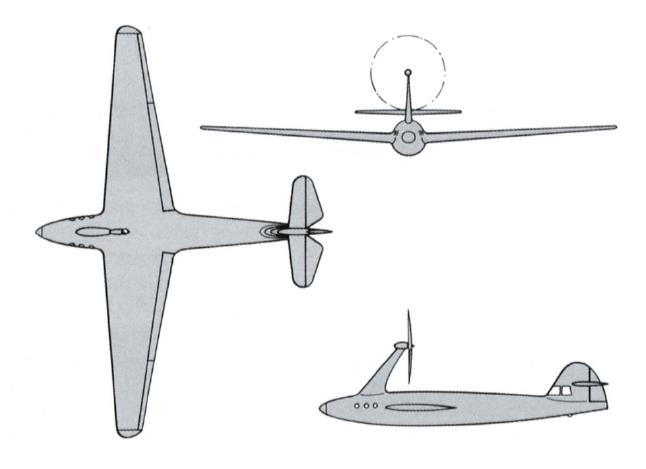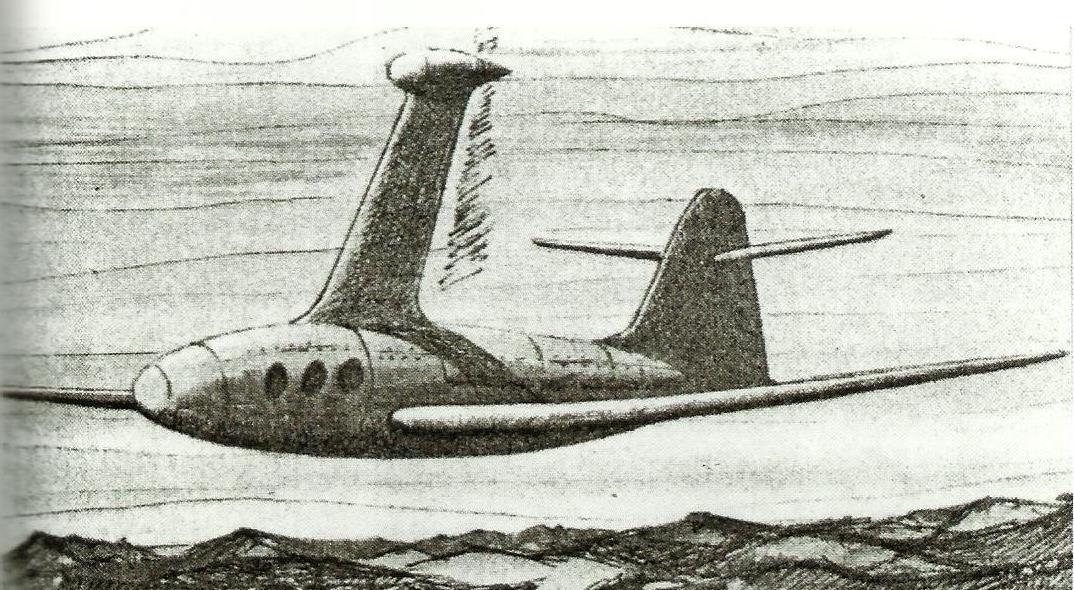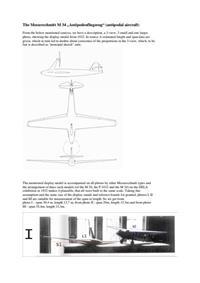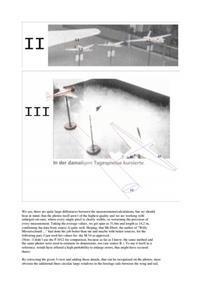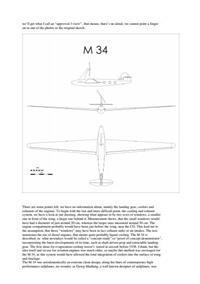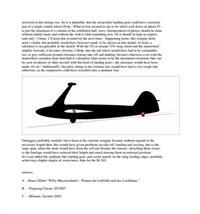It was therefore with some confidence that the Germans bunched the 1932 Deutsche Luftsport- Ausstelltmg - the German Aero-Sport Inhibition - in Berlin. It was here that the Augsburg-based Aircraft designer. Willy Messerschmitt. presented the international aeronautical fraternity with a model of a radical new design for a long-range aircraft. Known as the M 34, Messerschmitt had worked on the project with his brother-in-law. Professor Georg Madelung, who had designed a world record-holding sailplane in the early 1920s. Messerschmitts ambition was to develop an aircraft which incorporated a number of key aerodynamic refinements that had appeared in his earlier designs and which would be powered by the technology of newly available diesel engines.The M 34 was to be made up of a slim fuselage, a wing similar to that of a sailplane with a 34 metre span, a cockpit built into the vertical stabilizer at the aft of the fuselage and retractable landing gear. With a single 800 hp engine, or two rated at 4(H) hp each, Messerschmitt projected that such an aircraft would possess a range of 2(1.(100 km and would thus be able to reach the Antipodes from Germany or to fly from any point of the globe to another without refuelling.6 It was a dream which the aircraft designer cherished and would hold on to for years to come. However, the reality was that Messerschmitt lacked sufficient development funds to proceed, ensuring that nothing further came of the design and while Germany enjoyed its economic rejuvenation, Messerschmitt was struggling with financial difficulties.
| Type |
[Project] 1934 record aircraft (Antipodenflugzeug), 20,000 km range |
| Engine |
|
| Dimensions |
Length , height , span , wing area , |
| Weights |
Empty , loaded , max. take off weight |
| Performance |
Max.. speed , cruising speed , range , endurance , service ceiling , climb |
